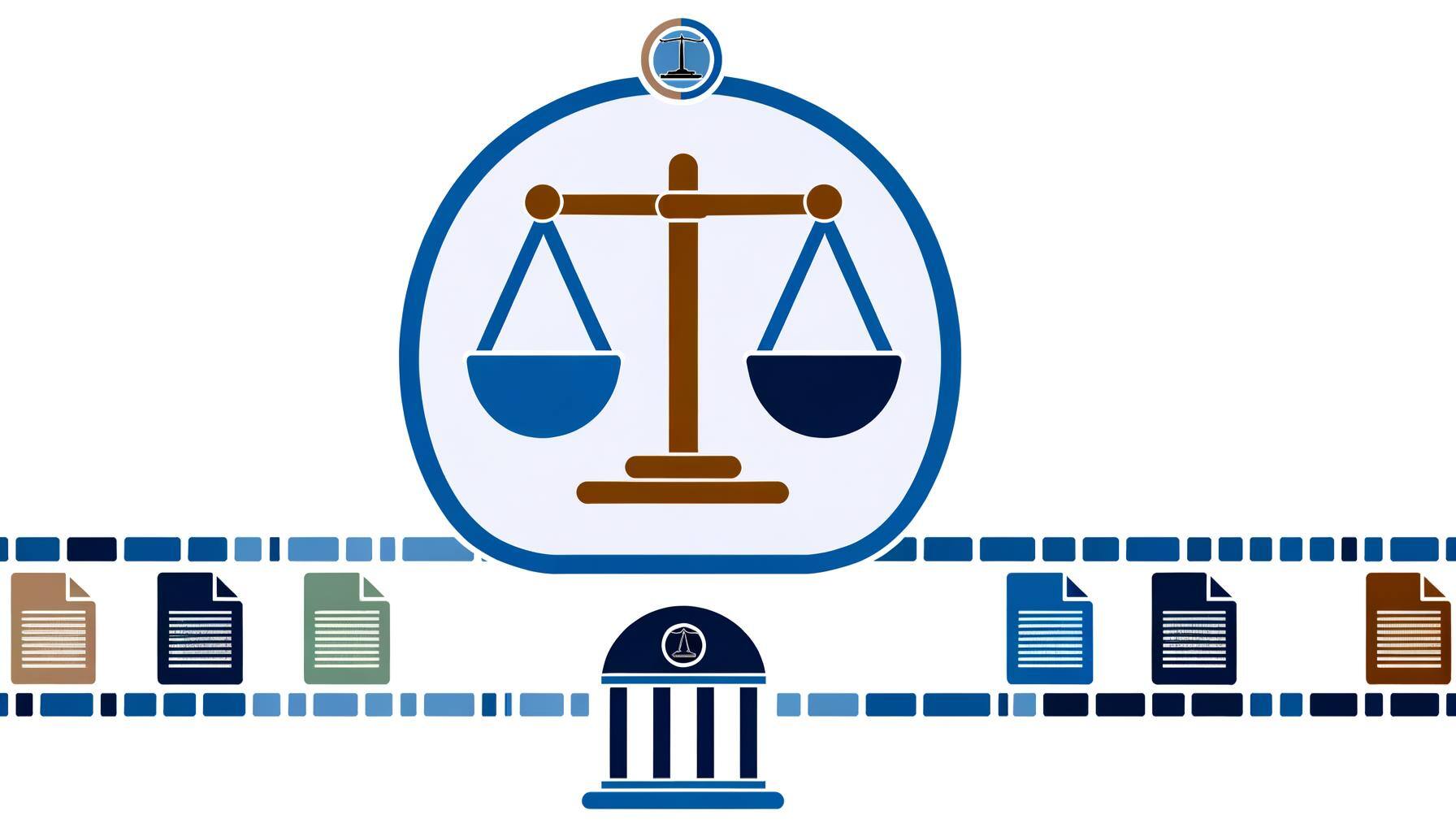What Idaho Medical Practices Need to Know about the HIPAA Security Rule
Medical practices in Idaho, like those across the United States, must comply with the Health Insurance Portability and Accountability Act (HIPAA)....
3 min read
![]() Totalcare IT
:
Mar 26, 2025 10:35:23 AM
Totalcare IT
:
Mar 26, 2025 10:35:23 AM

Sustainable audit readiness means embedding compliance into the fabric of your organization—making it a natural extension of your daily workflows rather than a disruptive event. Here’s how you can build and maintain continuous audit readiness through a three-pillar strategy: Foundation Building, Process Integration, and Continuous Monitoring.
The journey to sustainable audit readiness begins with a solid foundation. Without a clear understanding of what’s required and a well-documented framework to support it, organizations risk scrambling to meet compliance demands at the last minute. To avoid this, start with the fundamentals:
Clear Understanding of Requirements: Every audit—whether it’s financial, operational, or regulatory—comes with specific standards and expectations. Take the time to thoroughly research and comprehend the rules, frameworks, or laws that apply to your industry and organization. This clarity ensures that all subsequent steps align with the right objectives.
Documented Policies and Procedures: Ambiguity is the enemy of compliance. Create detailed, accessible policies and procedures that outline how your organization meets its obligations. These documents serve as a roadmap for employees and a reference point during audits, demonstrating your commitment to structure and accountability.
Defined Control Frameworks: Controls are the mechanisms that enforce your policies and ensure compliance. Whether it’s access restrictions, approval workflows, or data integrity checks, a well-defined control framework provides the backbone for consistent execution and evidence generation.
Established Evidence Collection: Auditors don’t just take your word for it—they need proof. Set up systems to systematically collect and store evidence of compliance, such as logs, reports, or signed approvals. This preparation reduces the chaos of gathering materials when an audit looms.
By investing in these foundational elements, you create a stable base that supports ongoing readiness rather than a reactive scramble.
A strong foundation is only the beginning. The next step is to weave compliance into the fabric of your day-to-day operations, transforming it from a standalone task into a seamless part of your workflow. This process integration ensures that audit readiness becomes second nature rather than an interruption. Here’s how to achieve it:
Automated Evidence Collection: Manual evidence gathering is time-consuming and prone to errors. Leverage technology to automate the collection of compliance-related data—think system logs, transaction records, or monitoring outputs. Automation not only saves time but also ensures consistency and accuracy.
Regular Control Validation: Don’t wait for an audit to test your controls. Schedule routine checks to confirm that they’re functioning as intended. This proactive validation catches issues early, allowing you to address them before they escalate into audit findings.
Clear Responsibility Assignment: Accountability drives compliance. Assign specific roles and responsibilities for maintaining controls, collecting evidence, and managing documentation. When everyone knows their part, the process runs smoothly and gaps are less likely to emerge.
Efficient Documentation Processes: Streamline how you create, update, and store documentation. Use centralized repositories, version control, and templates to keep everything organized and audit-ready at a moment’s notice.
By integrating these practices into your operations, compliance becomes a byproduct of doing business rather than a burdensome add-on.
The final pillar of sustainable audit readiness is continuous monitoring. Regulations evolve, processes change, and new risks emerge—staying compliant means staying vigilant. Continuous monitoring keeps you ahead of requirements and prepared for scrutiny at any time. Here’s how to implement it effectively:
Regular Control Assessments: Periodically evaluate your controls to ensure they remain effective and aligned with current standards. These assessments help you identify weaknesses or outdated practices that could jeopardize your readiness.
Gap Identification and Remediation: No system is perfect. Use monitoring to spot gaps—whether in processes, controls, or evidence—and address them promptly. A proactive approach to remediation demonstrates diligence and strengthens your compliance posture.
Change Impact Analysis: Organizational changes, like new software implementations or policy updates, can disrupt compliance. Analyze the impact of these changes on your controls and adjust accordingly to maintain alignment with audit requirements.
Compliance Status Tracking: Maintain a real-time view of your compliance health with dashboards or reports. Tracking key metrics—such as control performance or evidence completeness—gives you confidence in your readiness and highlights areas needing attention.
Continuous monitoring transforms audit readiness from a static goal into a dynamic, living process that adapts to your organization’s needs and external demands.
Creating sustainable audit readiness isn’t about perfection—it’s about preparation, integration, and vigilance. By building a strong foundation, embedding compliance into your processes, and monitoring your efforts continuously, you can shift from a reactive mindset to a proactive one. This approach not only reduces the stress and resource drain of audits but also positions your organization as a leader in governance and accountability.

True audit readiness isn’t about passing a single assessment—it’s about maintaining a continuous state of compliance that supports your business objectives. It’s a mindset that turns a regulatory necessity into a strategic asset. As your security and compliance partner, we’re here to help you every step of the way. We can:
Understand Your Requirements: We’ll work with you to clarify the standards and expectations specific to your industry and operations.
Build Sustainable Processes: We’ll design and implement workflows that make compliance efficient and enduring.
Maintain Continuous Readiness: Our tools and expertise ensure you’re always prepared, no matter when the next audit comes.
Demonstrate Due Diligence: We’ll help you showcase your commitment to compliance, turning it into a competitive advantage.
Audits don’t have to be a scramble. Contact us today to begin your journey toward true audit readiness and transform compliance from a challenge into an opportunity. Whether it's CMMC, SOC2, HIPAA, or another data compliance mandate you are working under, let us help you start the prep work now.

Medical practices in Idaho, like those across the United States, must comply with the Health Insurance Portability and Accountability Act (HIPAA)....

As businesses in Idaho embrace digital transformation and rely increasingly on technology, understanding and adhering to IT compliance regulations...

The recent Supreme Court decision to overrule the Chevron Doctrine has introduced significant uncertainty into the regulatory landscape, particularly...